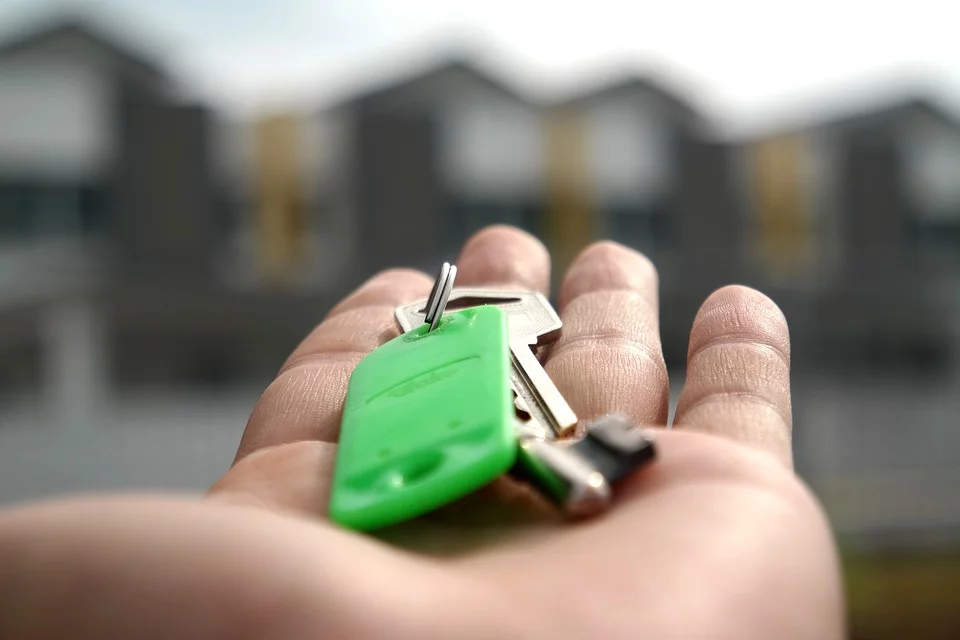Scottish Borders Council seeks views on five-year housing strategy

Scottish Borders Council has opened a consultation on the next five-year Local Housing Strategy, which provides direction for tackling housing issues across the Borders and informs investment into housing and related services.
The strategy, which all local authorities are required to produce, helps support action and also attract funding from the Scottish Government.
It addresses a number of key priorities, including fuel poverty, climate change, house condition and homelessness, as well as the joint and strategic approach of the council and partners to delivering high quality housing to meet identified local need.
Councillor Robin Tatler, Scottish Borders Council’s executive member for communities and equalities, said: “A draft strategy has been developed thanks to the input of a range of partners, including the local registered social landlords, and which takes into consideration the current evidence of housing need across the Scottish Borders. It has also been shaped by engagement with residents and stakeholders during the past 18 months.
“It is now important that as many people as possible take the opportunity to review this draft and provide their feedback.
“The draft strategy builds upon previous strategies but also takes into account the very different place we are in now compared to when the last Local Housing Strategy was developed in 2017, due to factors such as the ongoing cost of living crisis, recovery from the Covid-19 pandemic and the war in Ukraine.
“We have a range of housing challenges here in the Scottish Borders, which also impact on our local economy, our retention of young people and how we support an ageing population, for example, but by working together with partners there absolutely are opportunities to address these and meet the ambitious housing supply target of 353 new homes a year across the next five years.”
Five strategic outcomes are set out in the draft strategy, and which the public are invited to have their say on. These are:
- Deliver more homes in well-designed, sustainable communities that increase opportunity for all
- People have access to homes which promote independence, health and wellbeing
- Improved energy efficiency of homes and a reduction in fuel poverty while supporting a Just Transition to Net Zero through decarbonising domestic heating and energy
- Communities are regenerated through improving the quality and condition of housing and the built heritage
- Homelessness is prevented wherever possible and a range of housing options are provided so people can secure a suitable and sustainable housing outcome as quickly as possible.






